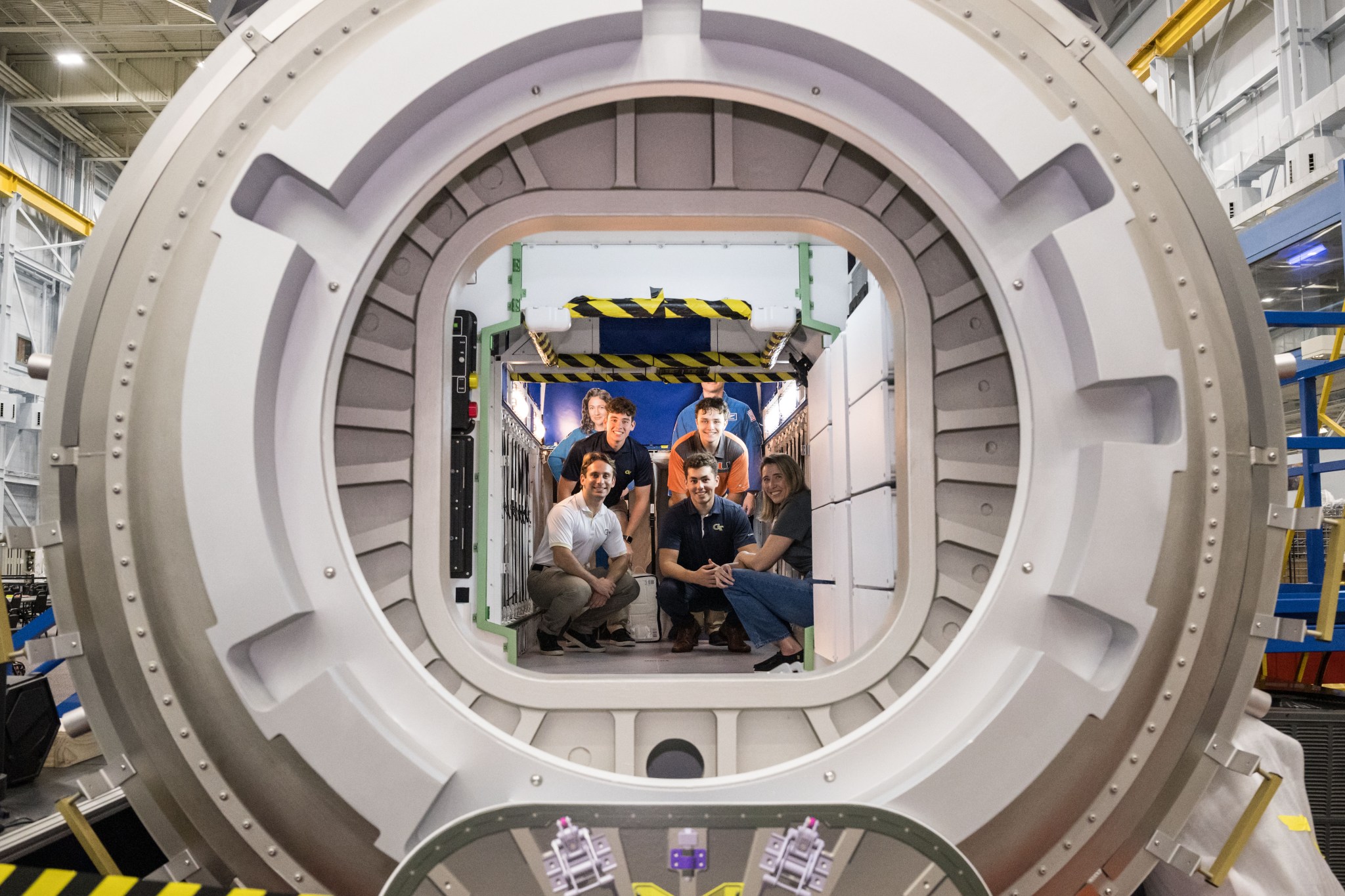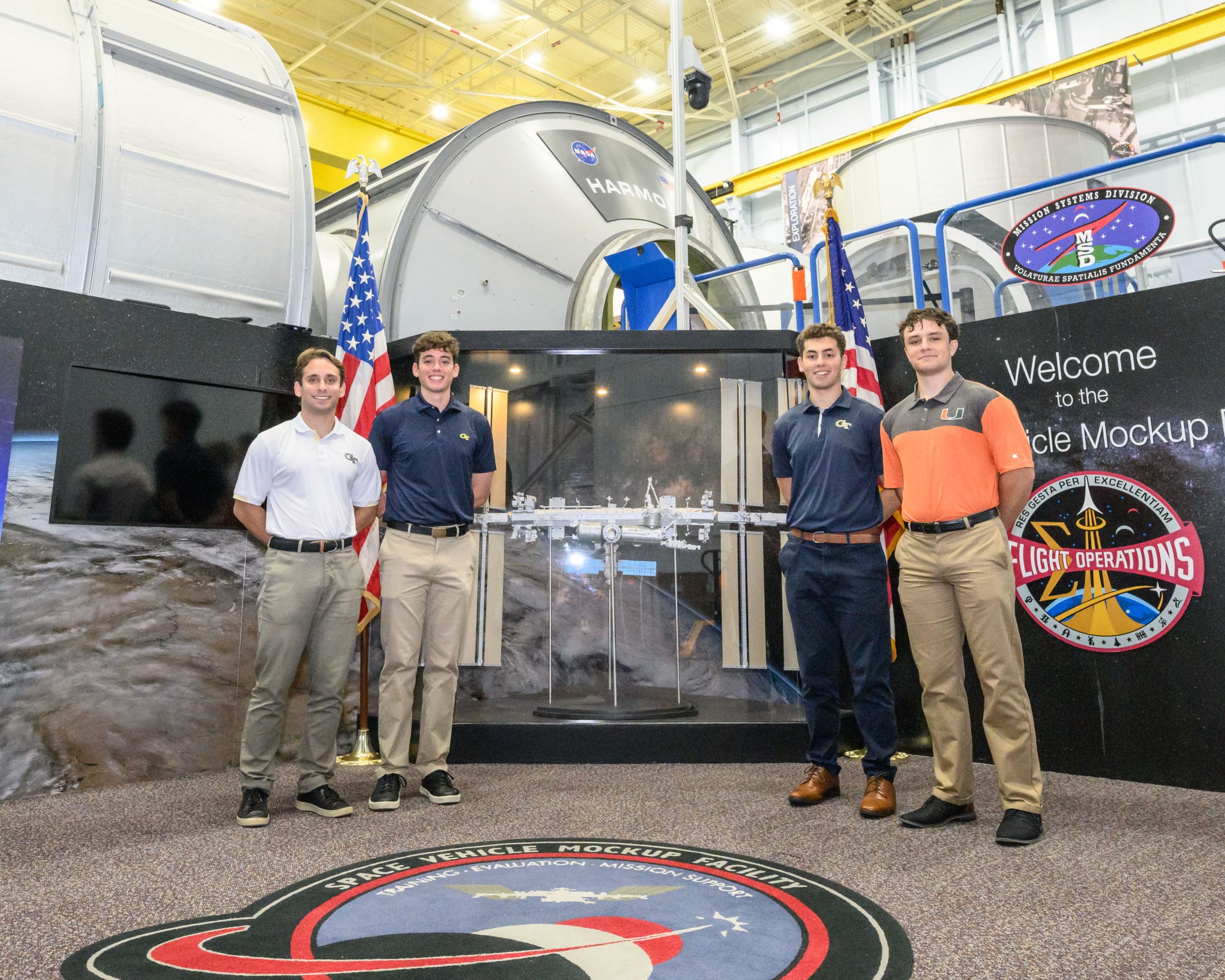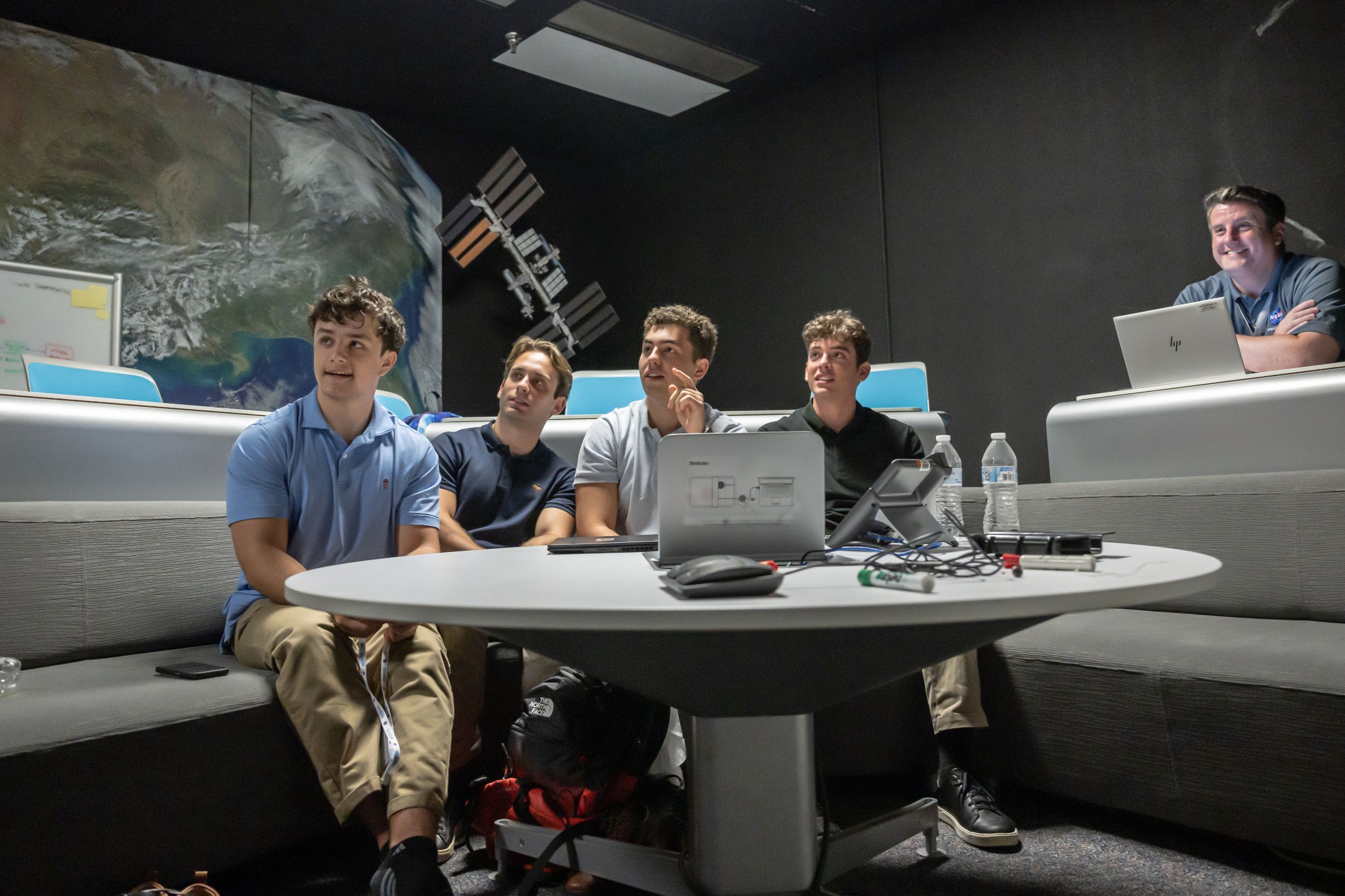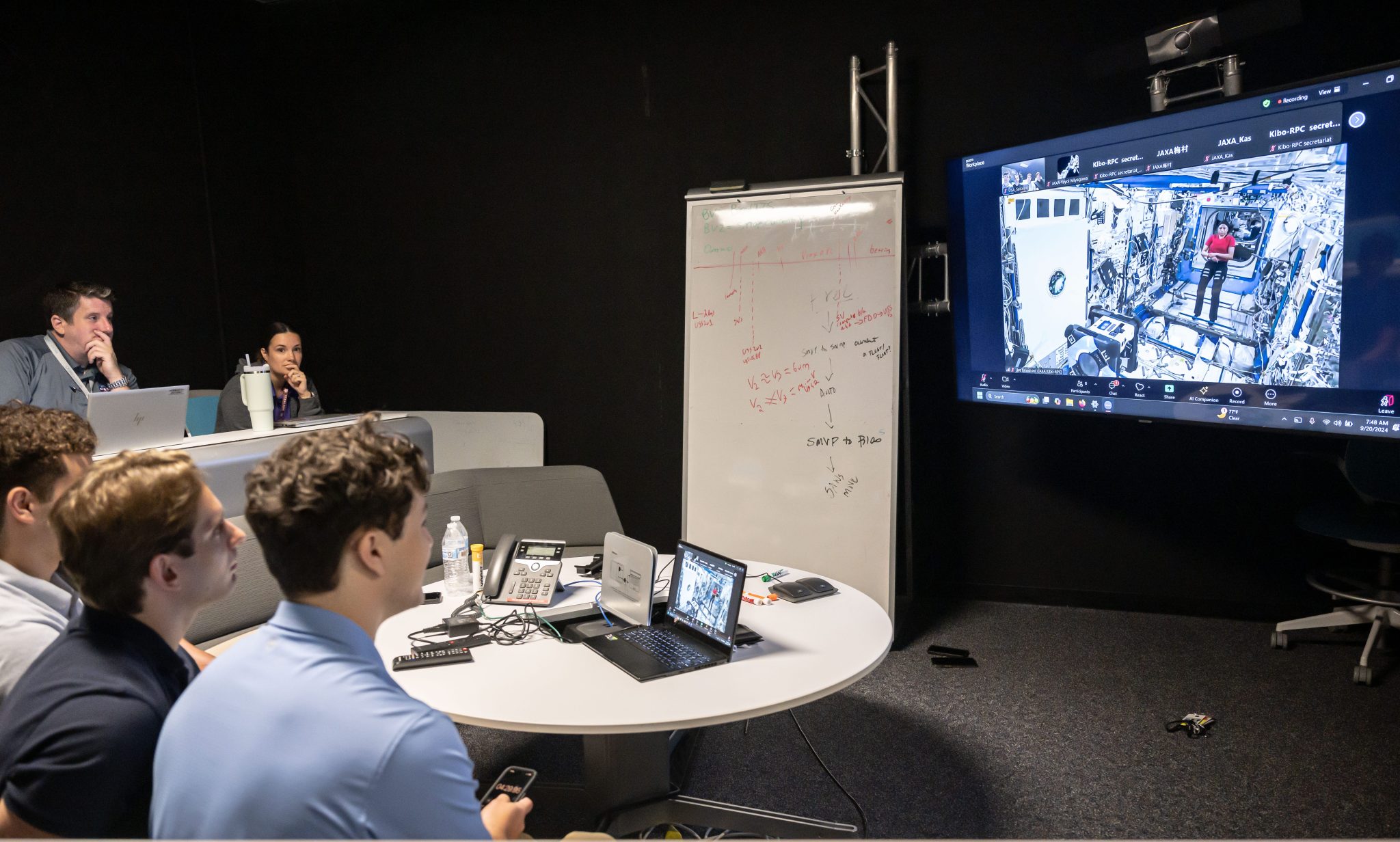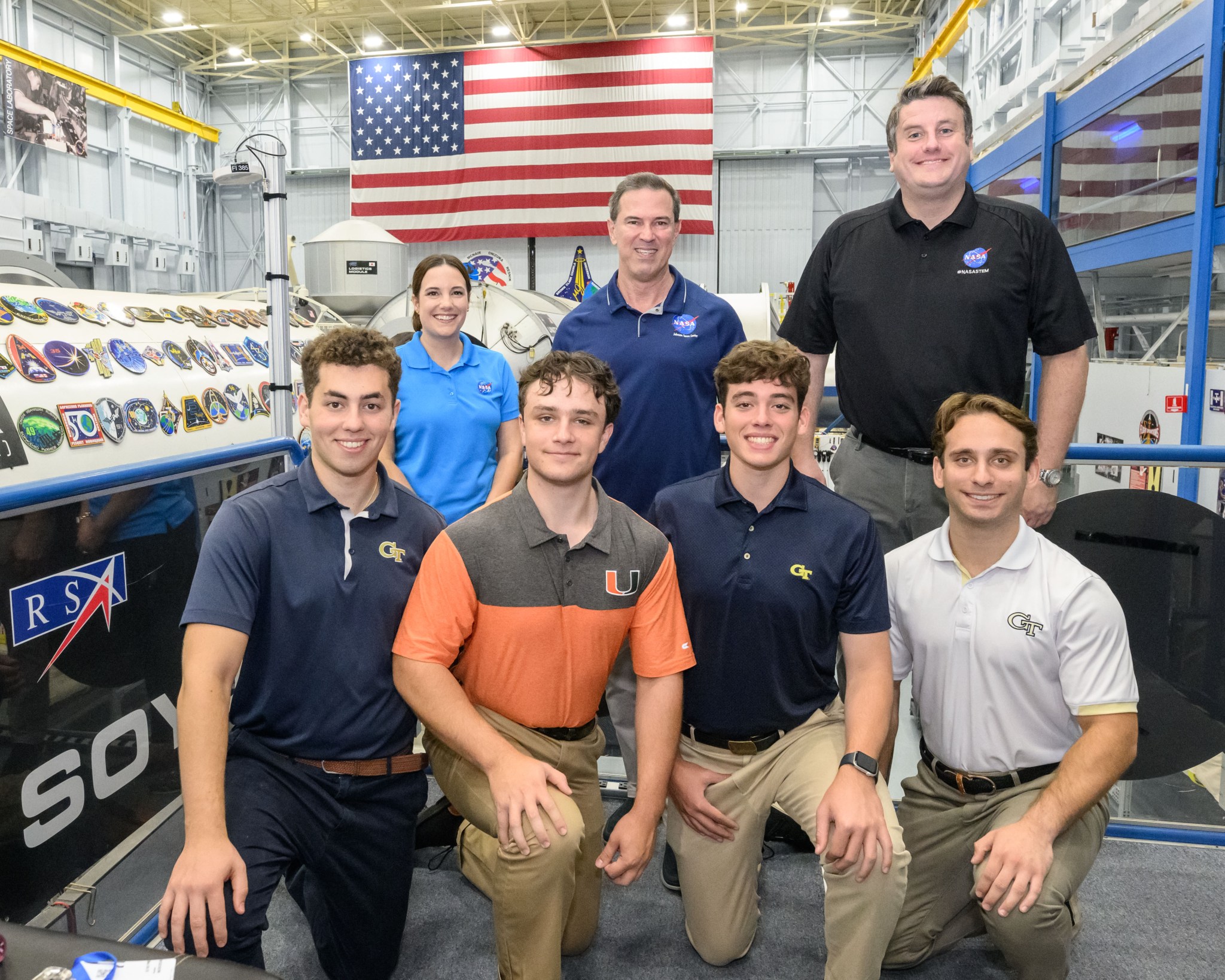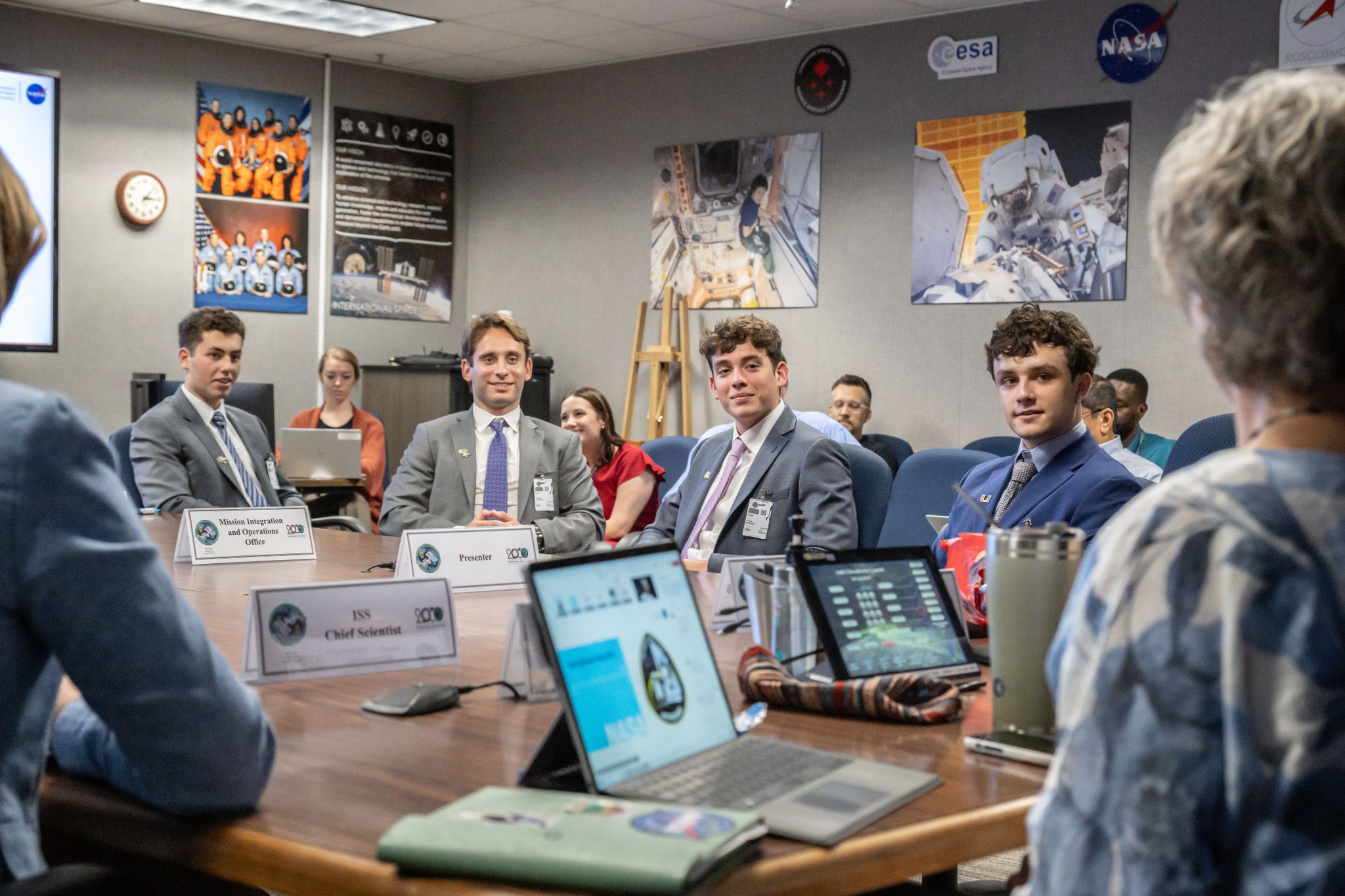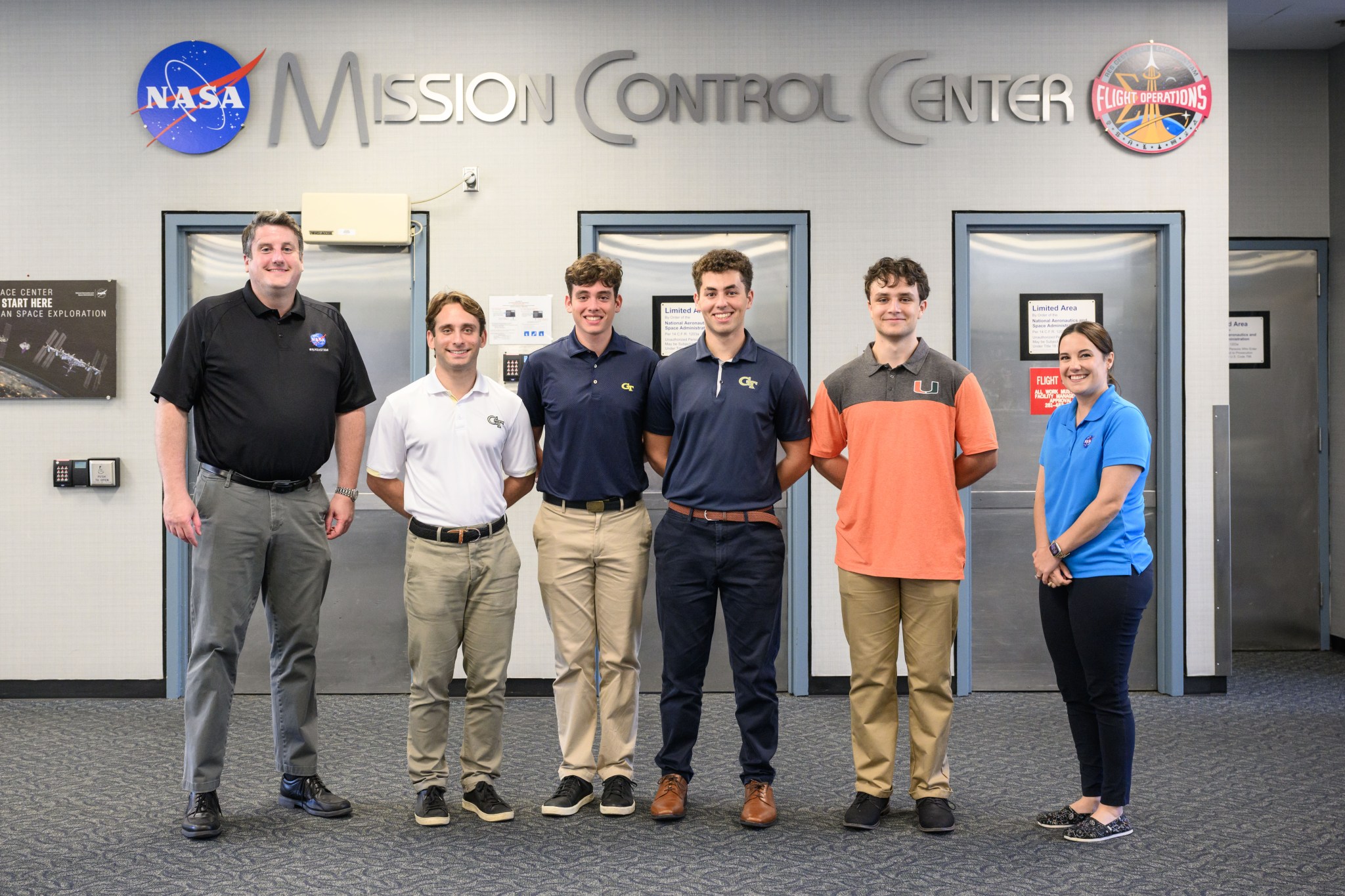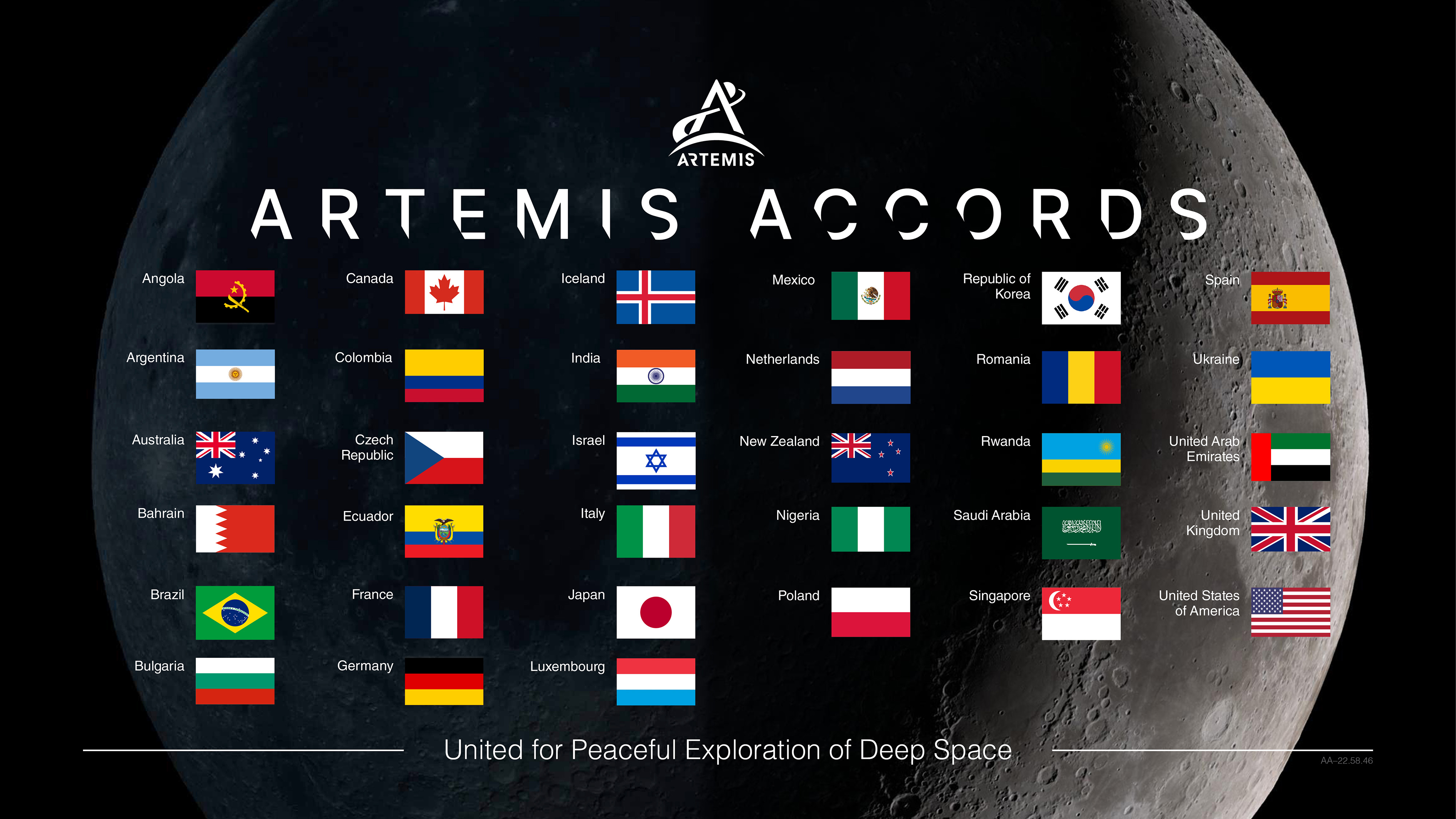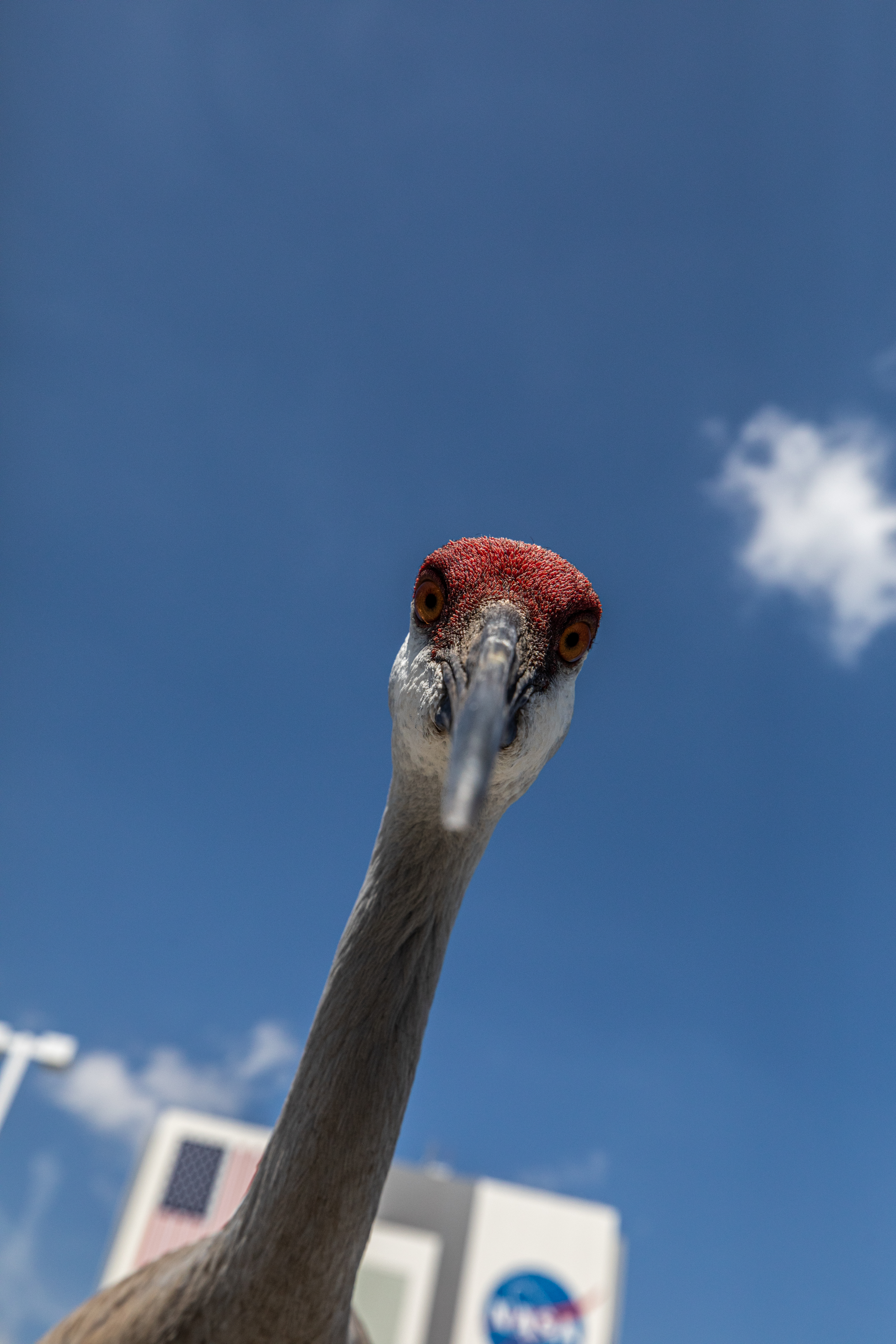Kibo Robot Programming Challenge Breaks New Ground in Robotics
On Sept. 20, 2024, four students experienced the wonder of space exploration at NASA’s Johnson Space Center in Houston, taking part in an international competition that brought their work to life aboard the International Space Station. Now in its fifth year, the Kibo Robot Programming Challenge (Kibo-RPC) continues to push the boundaries of robotics, bringing […]
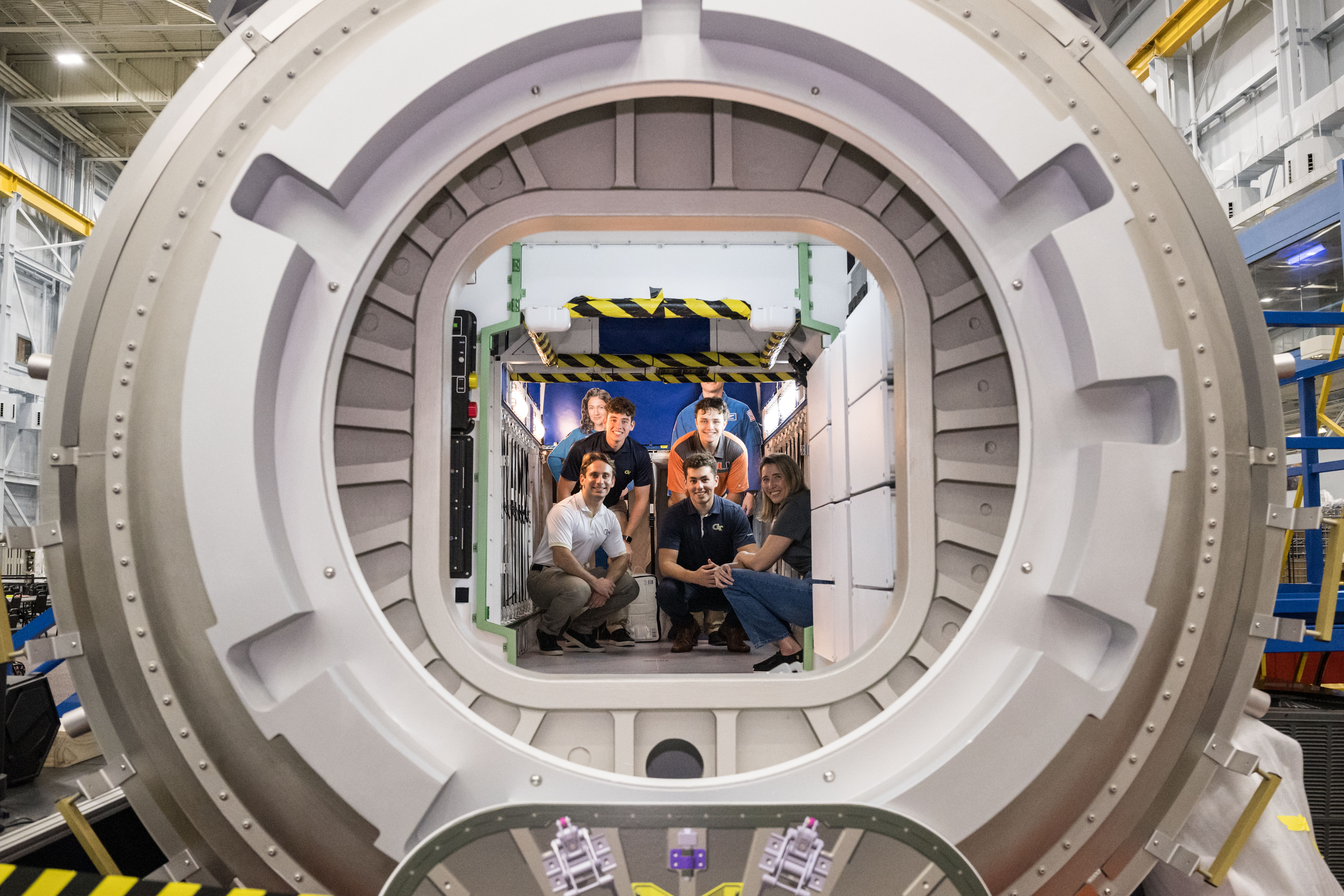
On Sept. 20, 2024, four students experienced the wonder of space exploration at NASA’s Johnson Space Center in Houston, taking part in an international competition that brought their work to life aboard the International Space Station.
Now in its fifth year, the Kibo Robot Programming Challenge (Kibo-RPC) continues to push the boundaries of robotics, bringing together the world’s brightest young minds for a real-world test of programming, problem-solving, and innovation.
The stakes reached new heights in this year’s competition, with 661 teams totaling 2,788 students from 35 countries and regions competing to program robots aboard the orbiting laboratory. Organized by the Japan Aerospace Exploration Agency in collaboration with the United Nations Office for Outer Space Affairs, the challenge provided a unique platform for students to test their skills on a global stage.
Meet Team Salcedo
Representing the U.S., Team Salcedo is composed of four talented students: Aaron Kantsevoy, Gabriel Ashkenazi, Justin Bonner, and Lucas Paschke. Each member brought a unique skill set and perspective, contributing to the team’s well-rounded approach to the challenge.
The team was named in honor of Dr. Alvaro Salcedo, a robotics teacher and competitive robotics coach who had a significant impact on Kantsevoy and Bonner during high school. Dr. Salcedo played a crucial role in shaping their interests and aspirations in science, technology, engineering, and mathematics (STEM), inspiring them to pursue careers in these fields.
Kantsevoy, a computer science major at Georgia Institute of Technology, or Georgia Tech, led the team with three years of Kibo-RPC experience and a deep interest in robotics and space-based agriculture. Bonner, a second-year student at the University of Miami, is pursuing a triple major in computer science, artificial intelligence, and mathematics. Known for his quick problem-solving, he played a key role as a strategist and computer vision expert. Paschke, a first-time participant and computer science student at Georgia Tech, focused on intelligence systems and architecture, and brought fresh insights to the table. Ashkenazi, also studying computer science at Georgia Tech, specialized in computer vision and DevOps, adding depth to the team’s technical capabilities.
AstroBee Takes Flight
The 2024 competition tasked students with programming AstroBee, a free-flying robot aboard the station, to navigate a complex course while capturing images scattered across the orbital outpost. For Team Salcedo, the challenge reached its peak as their code was tested live on the space station.
The robot executed its commands in real time, maneuvering through the designated course to demonstrate precision, speed, and adaptability in the microgravity environment. Watching AstroBee in action aboard the space station offered a rare glimpse of the direct impact of their programming skills and added a layer of excitement that pushed them to fine-tune their approach.
Overcoming Challenges in Real Time
Navigating AstroBee through the orbital outpost presented a set of unique challenges. The team had to ensure the robot could identify and target images scattered throughout the station with precision while minimizing the time spent between locations.
Using quaternions for smooth rotation in 3D space, they fine-tuned AstroBee’s movements to adjust camera angles and capture images from difficult positions without succumbing to the limitations of gimbal lock. Multithreading allowed the robot to simultaneously process images and move to the next target, optimizing the use of time in the fast-paced environment.
The Power of Teamwork and Mentorship
Working across different locations and time zones, Team Salcedo established a structured communication system to ensure seamless collaboration. Understanding each team member’s workflow and adjusting expectations accordingly helped them maintain efficiency, even when setbacks occurred.
Mentorship was crucial to their success, with the team crediting several advisors and educators for their guidance. Kantsevoy acknowledged his first STEM mentor, Casey Kleiman, who sparked his passion for robotics in middle school.
The team expressed gratitude to their Johnson mentors, including NASA Program Specialist Jamie Semple, Education Coordinator Kaylie Mims, and International Space Station Research Portfolio Manager Jorge Sotomayer, for guiding them through the program’s processes and providing support throughout the competition.
They also thanked NASA’s Office of STEM Engagement for offering the opportunity to present their project to Johnson employees.
“The challenge mirrors how the NASA workforce collaborates to achieve success in a highly technical environment. Team Salcedo has increased their knowledge and learned skills that they most likely would not have acquired individually,” said Semple. “As with all of our student design challenges, we hope this experience encourages the team to continue their work and studies to hopefully return to NASA in the future as full-time employees.”
Pushing the Boundaries of Innovation
The Kibo-RPC allowed Team Salcedo to experiment with new techniques, such as Slicing Aided Hyperinference—an approach that divides images into smaller tiles for more detailed analysis. Although this method showed promise in detecting smaller objects, it proved too time-consuming under the competition’s time constraints, teaching the students valuable lessons about prioritizing efficiency in engineering.
For Team Salcedo, the programming challenge taught them the value of communication, the importance of learning from setbacks, and the rewards of perseverance. The thrill of seeing their code in action on the orbital outpost was a reminder of the limitless possibilities in robotics and space exploration.
Inspiring the Next Generation
With participants from diverse backgrounds coming together to compete on a global platform, the Kibo-RPC continues to be a proving ground for future innovators.
The challenge tested the technical abilities of students and fostered personal growth and collaboration, setting the stage for the next generation of robotics engineers and leaders.
As Team Salcedo looks ahead, they carry with them the skills, experiences, and inspiration needed to push the boundaries of human space exploration.
“With programs like Kibo-RPC, we are nurturing the next generation of explorers – the Artemis Generation,” said Sotomayer. “It’s not far-fetched to imagine that one of these students could eventually be walking on the Moon or Mars.”
The winners were announced virtually from Japan on Nov. 9, with Team Salcedo achieving sixth place.
Watch the international final round event here.
For more information on the Kibo Robot Programming Challenge, visit: https://jaxa.krpc.jp/
What's Your Reaction?































